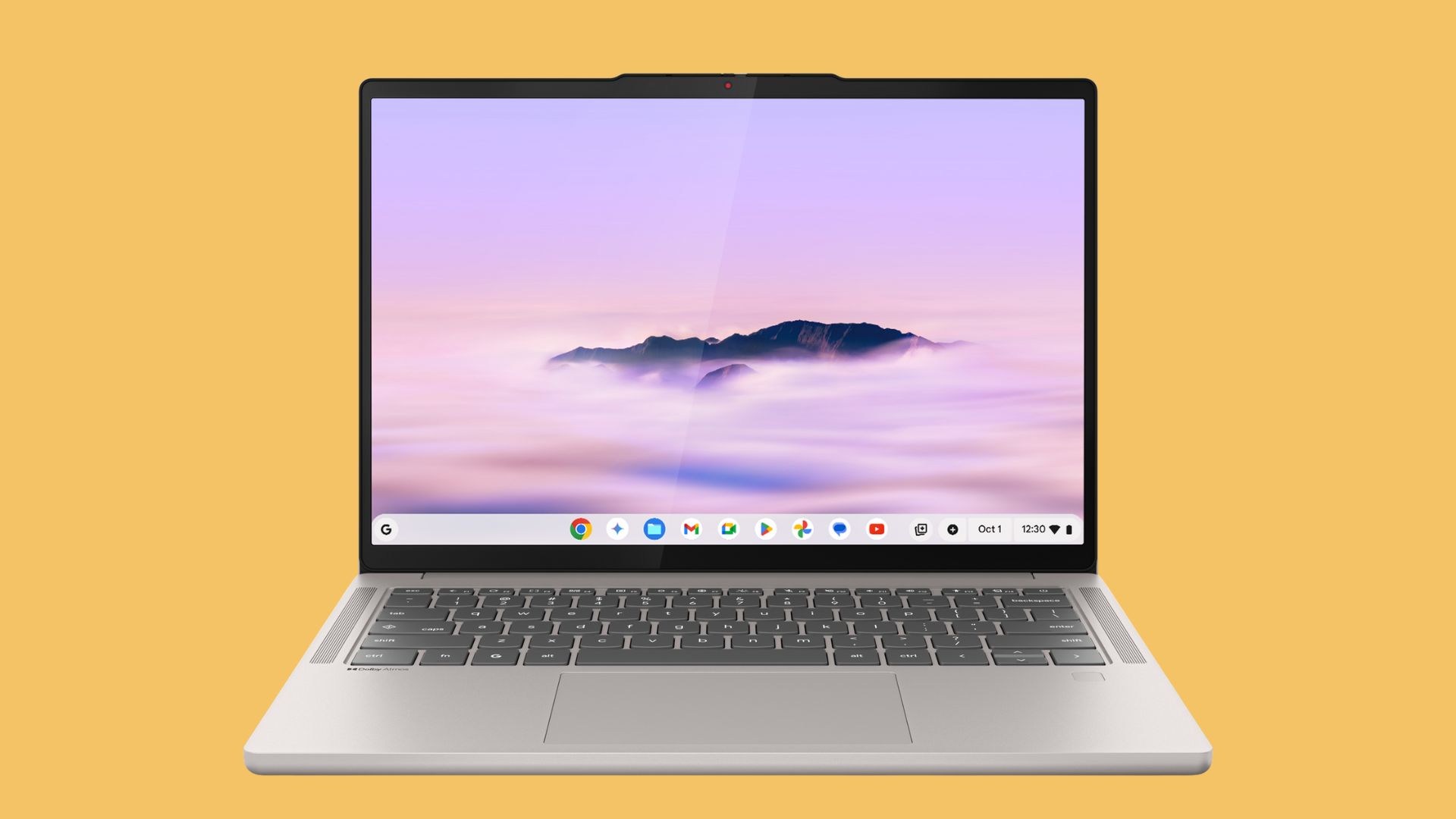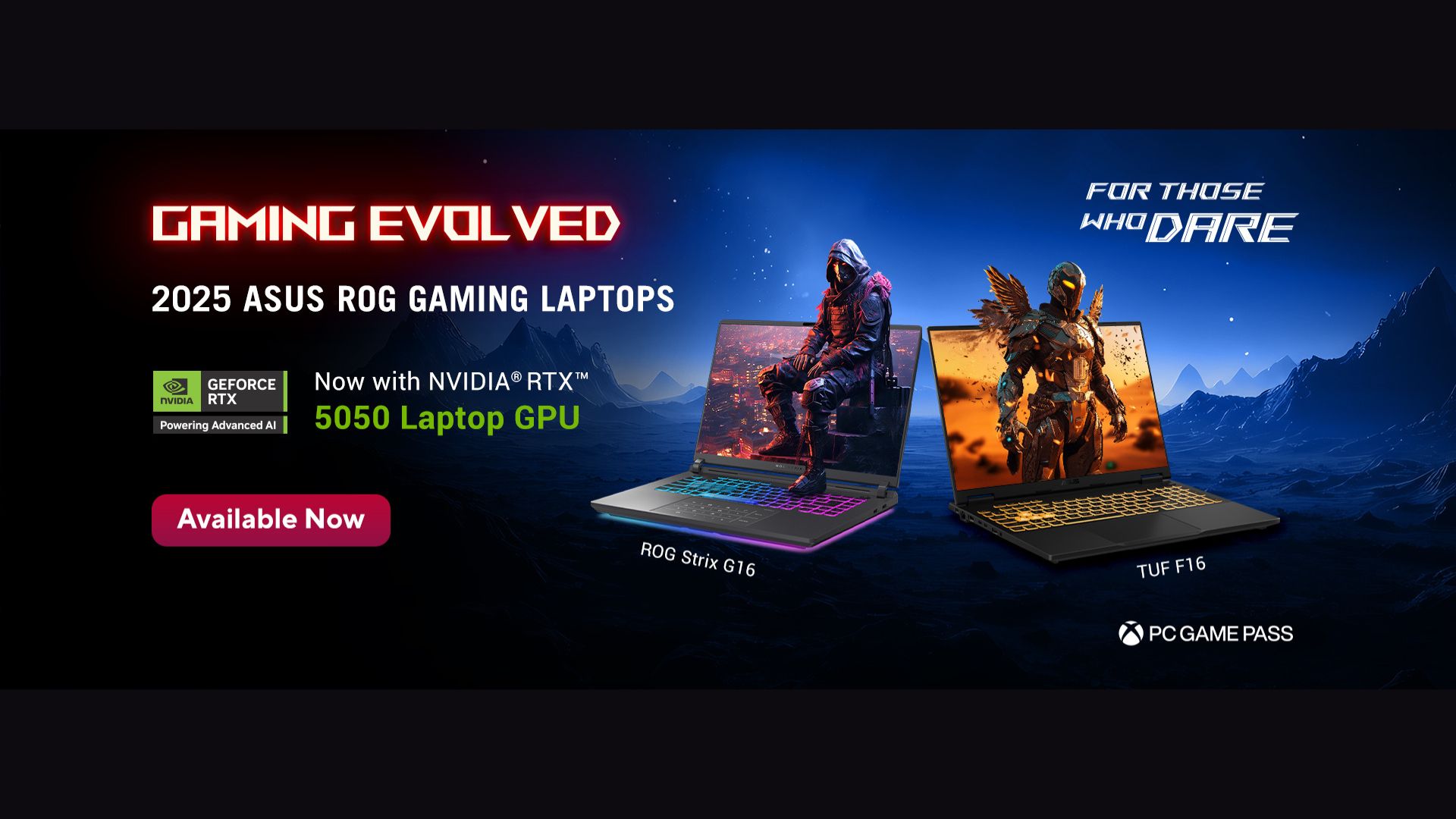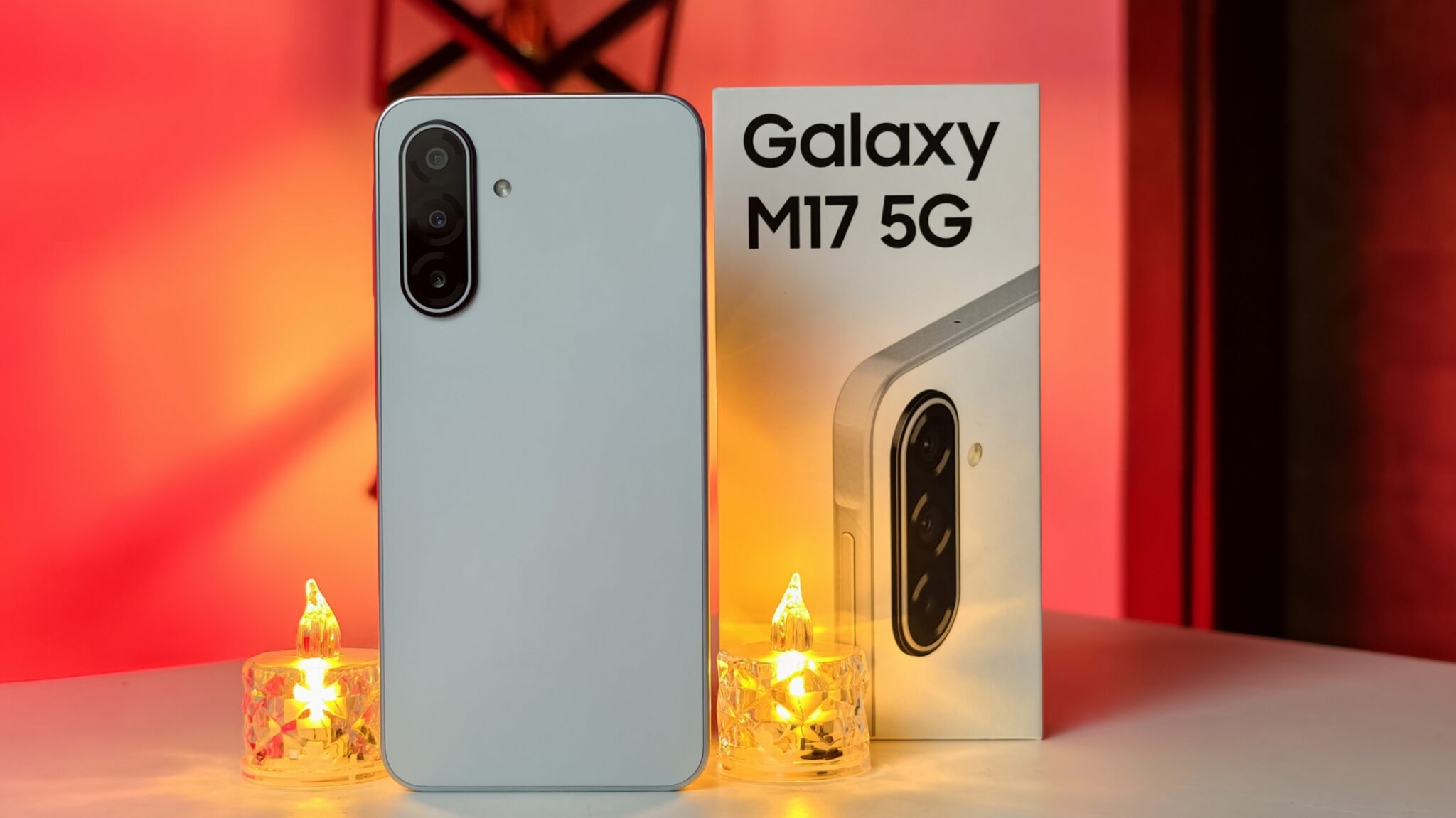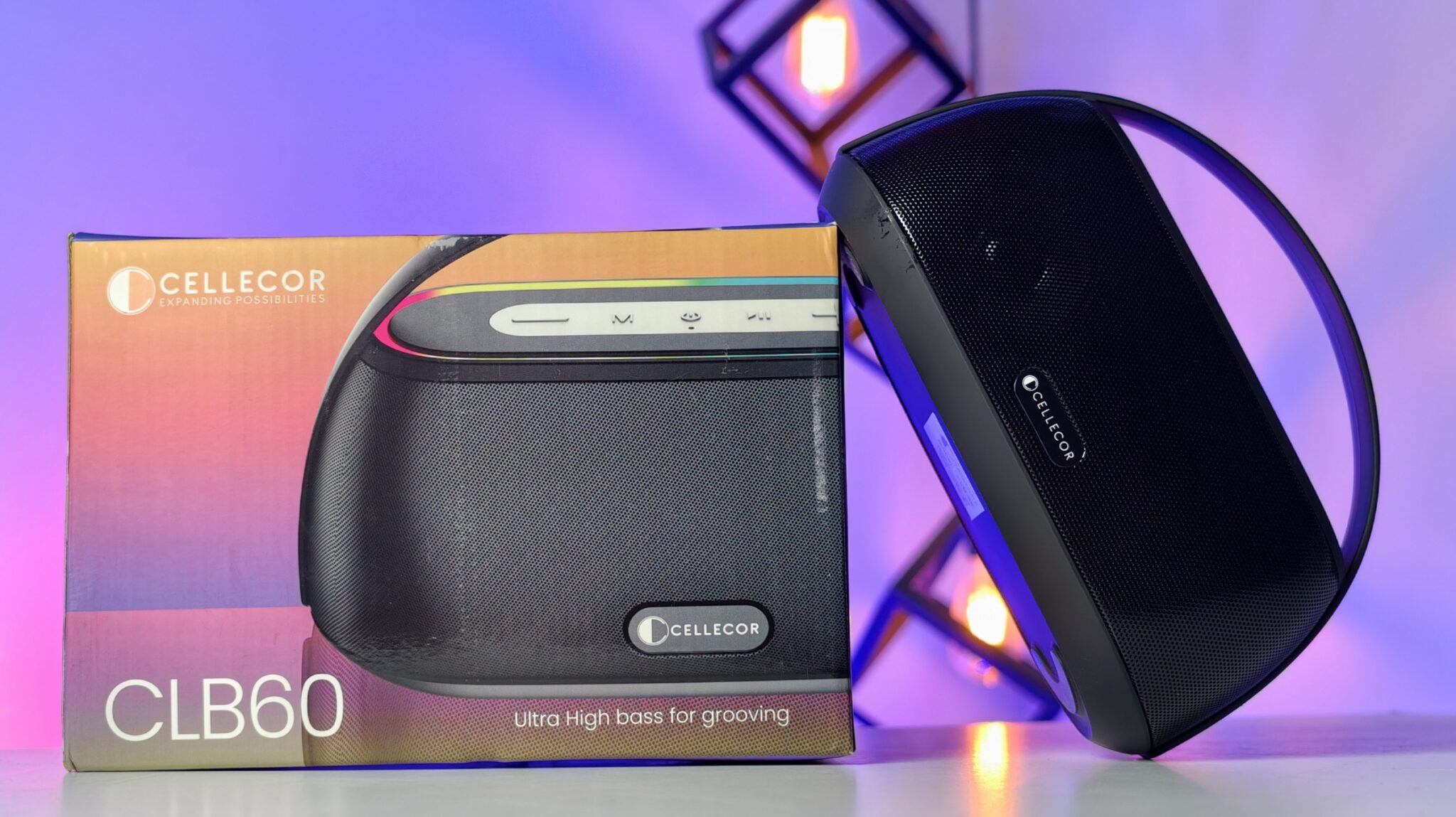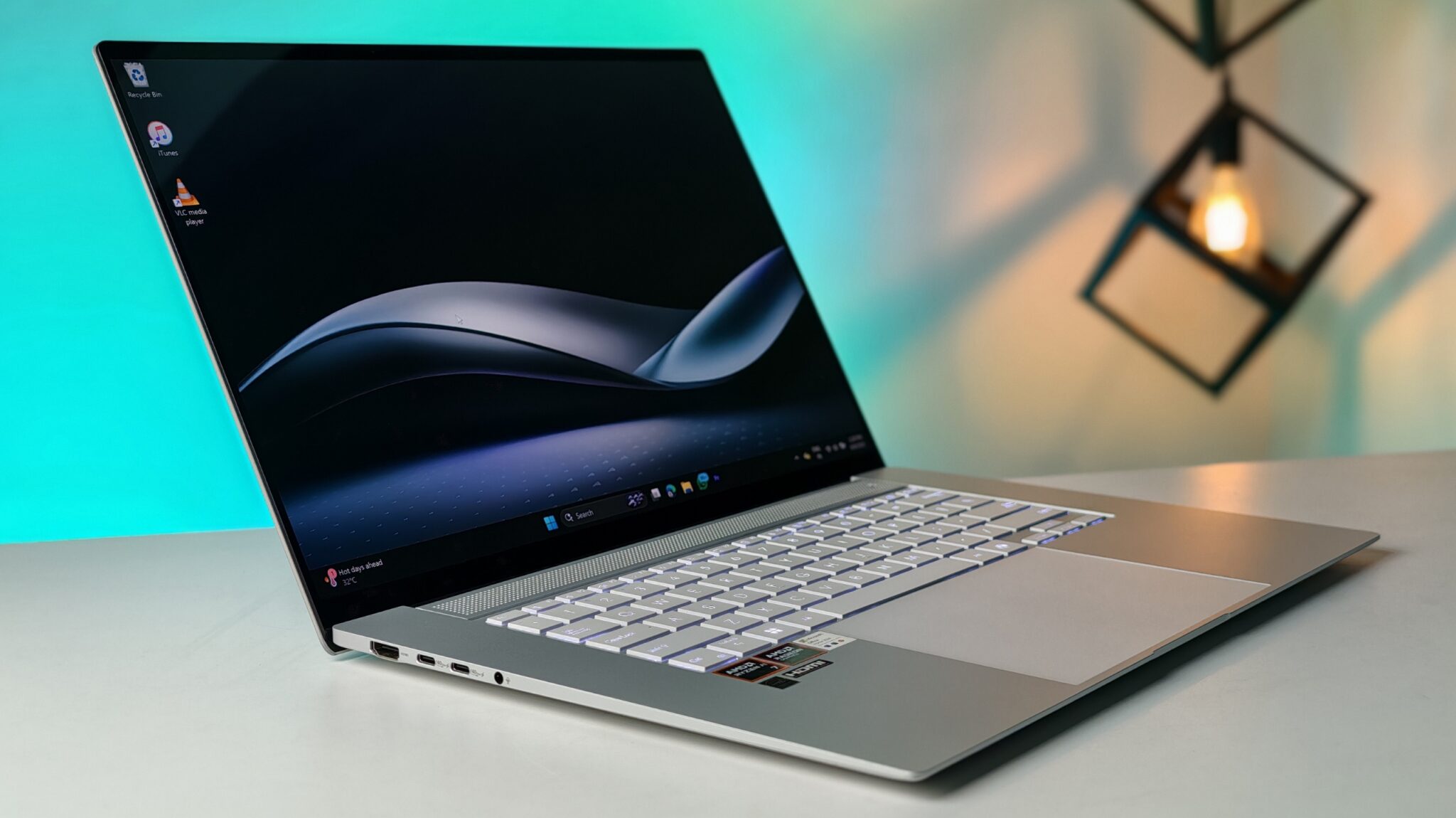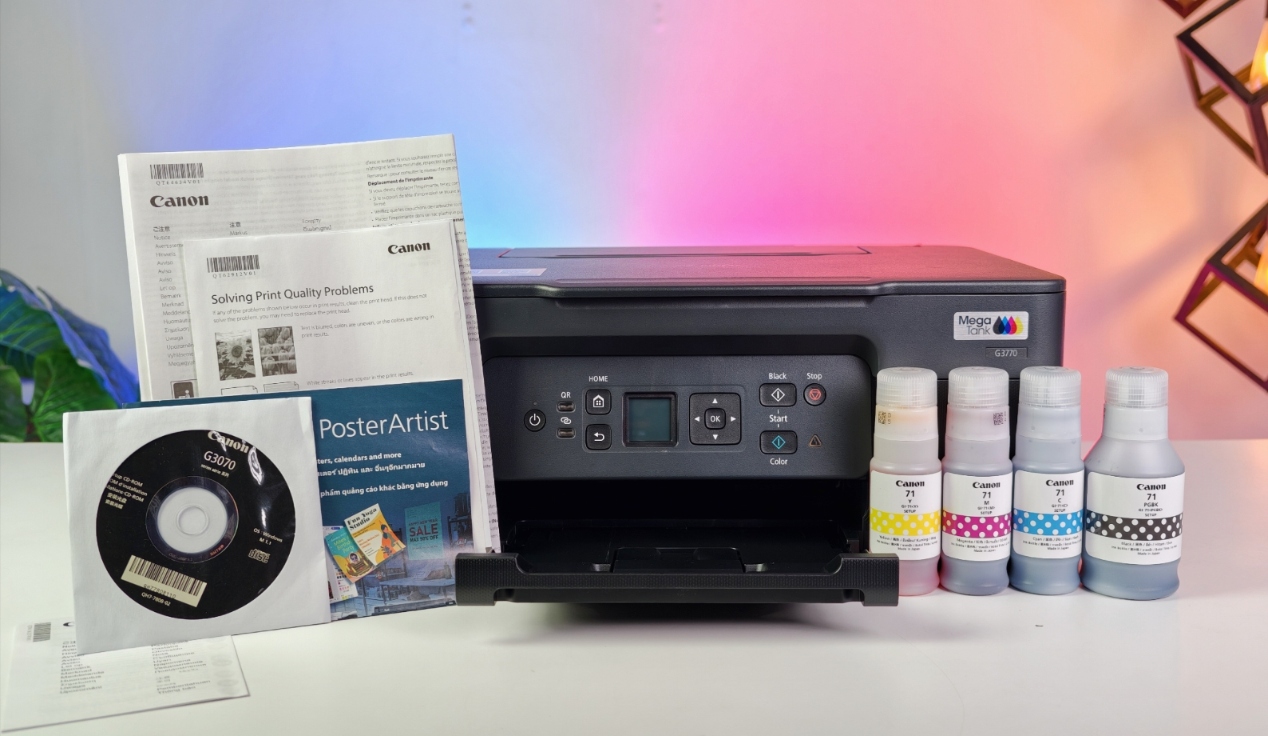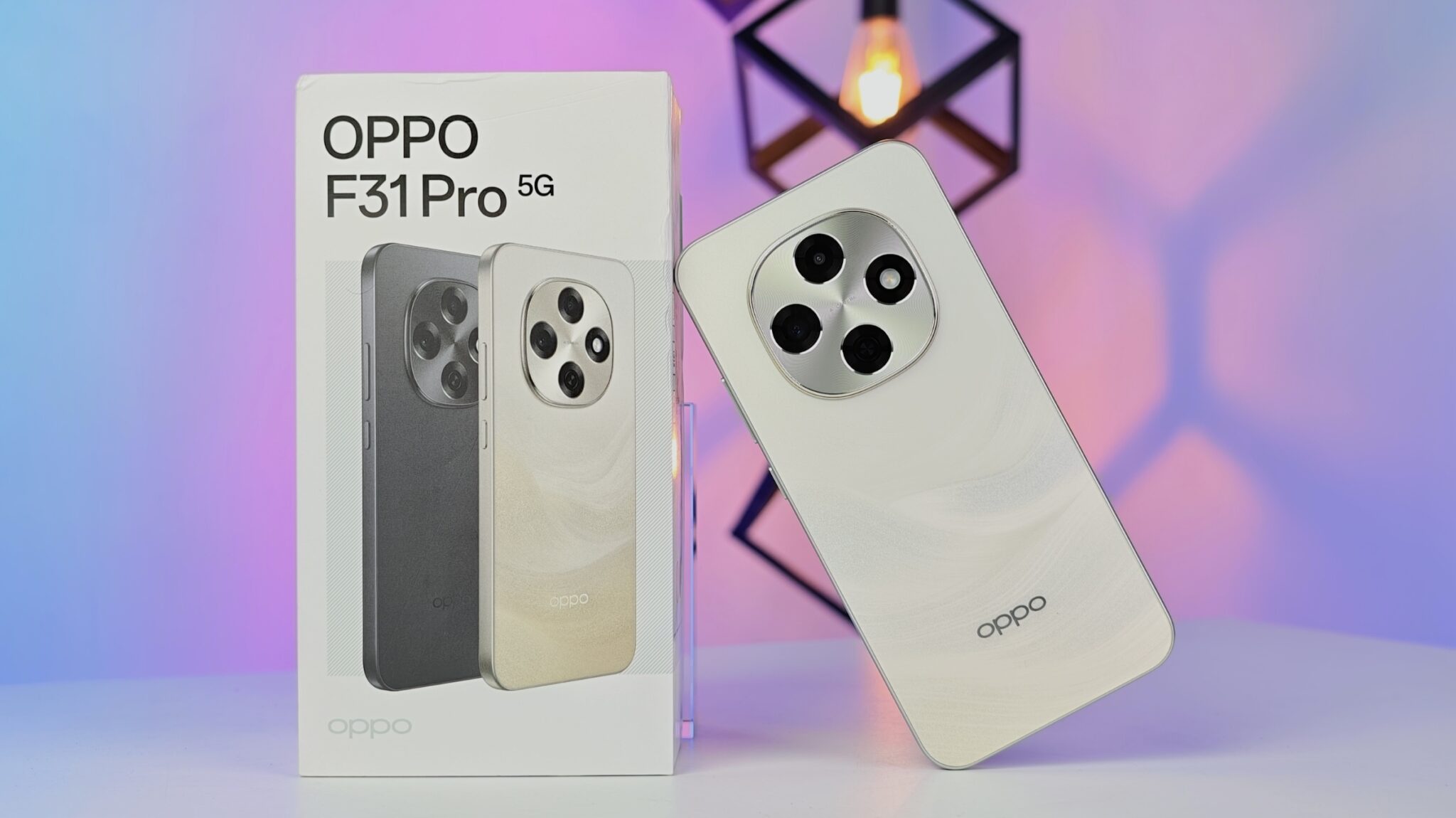Dolby Laboratories, Lenovo, and Google have just made some serious noise—literally and figuratively. They unveiled the Lenovo Chromebook Plus (14″, 10), which now holds the title of being the first Chromebook to feature Dolby Atmos. It’s a notable milestone for a category long celebrated for its simplicity and affordability, but not necessarily for premium sound. This move? It could very well change how we perceive entertainment on Chromebooks altogether.
Key Takeaways:
- The Lenovo Chromebook Plus (14″, 10) is the world’s first Chromebook with Dolby Atmos.
- Dolby, Lenovo, and Google aim to deliver immersive audio to a broader, mainstream audience.
- Dolby Atmos boosts the quality of movies, music, and audiobooks by adding breathtaking, spatially-aware sound.
- Whether through headphones or laptop speakers, users get a more premium audio experience.
- This is another significant notch in the ongoing Lenovo-Dolby collaboration.
Redefining Chromebook Audio
Chromebooks have undeniably carved out their space in the tech world—ideal for students, casual users, or anyone looking for a cost-effective way to work and browse. But if we’re being honest, audio hasn’t exactly been their strong suit. That’s where Dolby Atmos comes in. It’s not just louder sound or deeper bass. This technology builds an immersive soundscape, creating the illusion that audio is coming from all around—even above. Think of it as stepping into your content rather than just playing it back.
Mahesh Balakrishnan, VP and GM of Consumer Entertainment at Dolby Laboratories, summed it up nicely: “With Dolby Atmos now available on the Lenovo Chromebook Plus, we are bringing cutting-edge, immersive audio to an even broader and more diverse audience.” It’s a strategic expansion, no doubt, but one that feels natural given the accessibility-first DNA of Chromebooks.
A Partnership Built on Innovation
This isn’t just a one-off hardware announcement. It signals a deeper, more collaborative relationship between tech giants. Benny Zhang of Lenovo’s Intelligent Devices Group noted how this marks a pivotal moment in their long-standing work with Dolby. It’s another example of Lenovo bringing meaningful “firsts” to the table—firsts that aren’t just specs on a sheet, but experiences that users can genuinely feel.
Google’s involvement here is just as crucial. John Maletis, VP of ChromeOS Product, emphasized how important it is for Google to deliver not just performance, but experiences that matter. He praised Dolby as an “invaluable partner,” and highlighted how Dolby Atmos helps elevate ChromeOS to deliver audio that’s loved by creators and entertainment fans alike. It all sounds very polished, but the sentiment rings true—especially when you realize how rarely Chromebooks have been recognized for their media capabilities.
The Dolby Atmos Difference
So, what makes Dolby Atmos so compelling? Well, unlike traditional stereo, Atmos processes audio as individual objects rather than flat channels. This allows sounds to move dynamically in a 3D space—left to right, front to back, and crucially, overhead. That helicopter in your movie? It won’t just pass from one ear to the other; it might actually feel like it’s soaring above you.
Music benefits, too. With Atmos, individual instruments and vocals are spaced out in a way that can feel eerily lifelike. It’s as if you’re right there in the studio or front row at a concert. And for audiobooks or podcasts? Even subtle background details can be more engaging and emotive.
What’s great is that users can enjoy all this whether they’re using headphones or simply listening through the built-in speakers. That kind of flexibility means you’re not tied to a specific setup to enjoy premium sound—a thoughtful touch that keeps with the Chromebook’s ethos of simplicity and ease.
The Road Ahead for Chromebooks
Adding Dolby Atmos to a Chromebook feels like a bit of a turning point. Traditionally, these devices have been viewed as functional, web-first machines—great for getting things done, not necessarily for getting lost in a movie. But with features like immersive audio now entering the picture, that narrative may be shifting.
This evolution reflects broader trends. As cloud-based workflows become more common and hardware keeps improving, the gap between premium laptops and more budget-friendly ones is starting to narrow. The Lenovo Chromebook Plus (14″, 10) is a great example of that convergence. It blends performance, price, and now, an unexpectedly rich entertainment experience.
For current Chromebook users, this is an exciting upgrade. For potential buyers? It might just be the nudge they need to consider ChromeOS not just as a utility platform, but as a full-fledged entertainment companion.
FAQ
Q1: What is Dolby Atmos?
A1: Dolby Atmos is a multidimensional audio technology that allows sounds to move around you in 3D space, including overhead, for a more realistic and engaging experience.
Q2: Which is the first Chromebook to feature Dolby Atmos?
A2: The Lenovo Chromebook Plus (14″, 10) is the first to integrate Dolby Atmos.
Q3: How does Dolby Atmos improve Chromebook audio?
A3: It makes sound clearer, more immersive, and dynamic, whether you’re watching a movie, listening to music, or enjoying an audiobook—all from your headphones or speakers.
Q4: Do I need special headphones for Dolby Atmos?
A4: Not necessarily. Most standard headphones will work. The heavy lifting is done by the device’s processing capabilities.
Q5: Will all new Chromebooks have Dolby Atmos?
A5: As of now, only the Lenovo Chromebook Plus (14″, 10) has been confirmed. Future adoption will likely depend on manufacturer interest and consumer demand.
Q6: Is Dolby Atmos only useful for entertainment?
A6: While its strengths lie in media like films and music, its clarity and spatial precision can enhance other tasks too, such as video calls or educational content.
Q7: What does this mean for the Chromebook market?
A7: It elevates the platform, giving Chromebooks a competitive edge by blending productivity with high-quality entertainment, potentially drawing in a wider user base.


